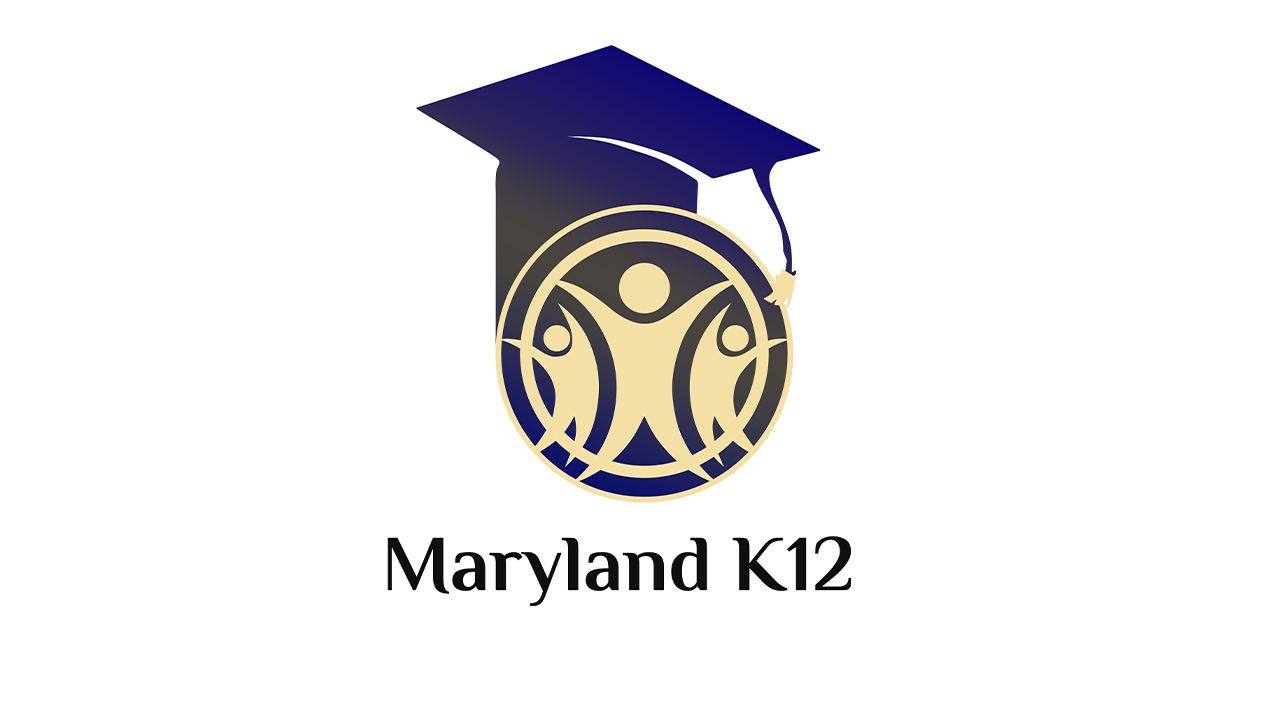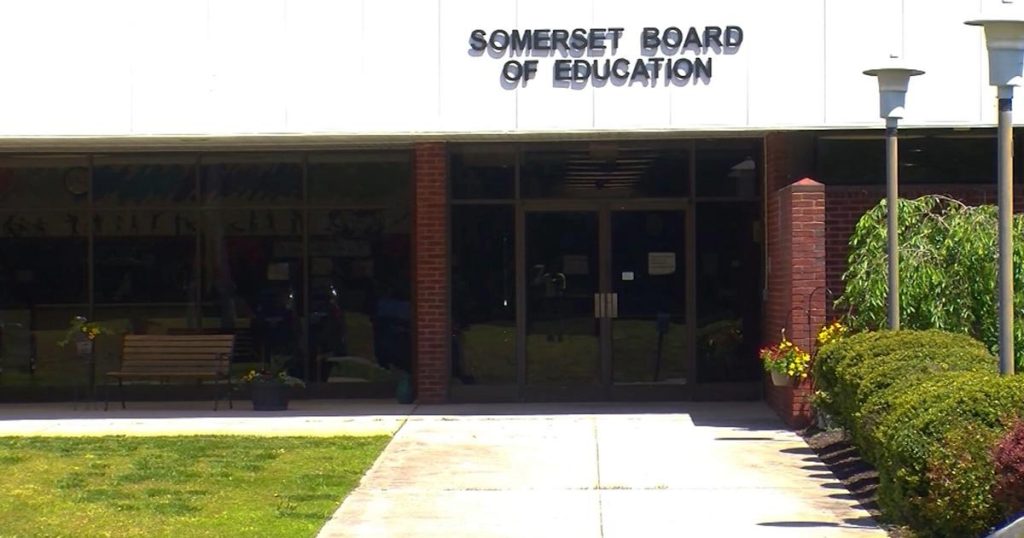
‘I Literally Cried’: Teachers Describe Their Transition to Science-Based Reading Instruction
In an era where humans have managed to create an artificial intelligence tool sophisticated enough to churn out an essay on Shakespeare, it seems unlikely that there would still be ambiguity about how best to teach kids how to read. But the “reading wars” continue to incite differences of opinion in various forums, from school board meetings to legislative sessions.
Recently, literacy curriculums that include systematic attention to phonics—the most contested of the strategies, but one that has been affirmed by decades of research—have again emerged as a best practice. (Phonics and sound-letter correspondence aren’t the only pieces of evidence-based literacy, of course; so are building students’ vocabulary, knowledge of sentence structure, and content.)
Lofty curriculum decisions such as these are often made at levels far removed from classrooms. Between 2013 and July of this year, 32 states and the District of Columbia have passed laws or implemented new policies related to evidence-based reading instruction. It’s teachers who must implement them, sometimes after years of using very different instructional approaches. It’s an inordinately challenging task.
Education Week interviewed longtime reading teachers caught in the evolving landscape of literacy instruction to ask what it was like for them to move from a familiar strategy for teaching reading to “science of reading”-based approaches to instruction. They described being handed a mashup of literacy curriculums over the years ranging from methods heavy on balanced literacy heavy to a “hodgepodge” of strategies that left them feeling insecure about their instructional ability and uncomfortable about students who left their classrooms without a strong reading foundation.
They also revealed how, after years of teaching reading, they’ve recently embraced a more systematic and explicit method of instruction that finally has them feeling confident in their teaching roles.
Feeling ill-prepared to teach reading
JoLynn Aldinger has taught kindergarten through 2nd grade for 20 years. But for much of that time, she hasn’t felt adequately prepared to teach reading.
“I took a phonics course. That was about it. I didn’t really have any preparation beyond that for teaching reading,” said Aldinger, currently a 1st grade teacher at Idaho’s Meridian school district, who recalled hesitating to accept the first job offered to her. “I didn’t want to teach 1st grade because I didn’t know how to teach reading, and it felt like a lot of pressure.”
She ended up taking the job. “I used whatever basal reader they had,” Aldinger said. “I just basically followed that. It was what I now know was balanced literacy. I kept chugging along using the district-provided curriculum, trying to find my way.”
Aldinger said she assumed that when she returned to school to earn her master’s degree in elementary reading and writing, she’d develop the mastery she felt was missing. It didn’t happen. She recalls learning a spelling program while earning her degree that, she said, had many “holes” in it.
“I never learned about the syllable types,” she said. “I didn’t get an understanding of all the phonics rules.”
What Is the ‘Science of Reading’?
In a science of reading framework, teachers start by teaching beginning readers the foundations of language in a structured progression—like how individual letters represent sounds and how those sounds combine to make words. …
At the same time, teachers are helping students build their vocabulary and their knowledge about the world through read-alouds and conversations. Eventually, teachers help students weave these skills together like strands in a rope, allowing them to read more and more complex texts.
Most teachers in the United States weren’t trained in this framework. Instead, the majority say that they practice balanced literacy, a less structured approach that relies heavily on teacher choice and professional judgment. While the majority of students in balanced literacy classrooms receive some phonics instruction, it may not be taught in the explicit, systematic way that researchers have found to be most effective for developing foundational reading skills.
Students are generally “reading” short books of their choice very early on, even if they can’t sound out all the words. Teachers encourage kids to use multiple sources of information—including pictures and context clues—to guess at what the text might say.
Betty Jane Mitchell, a teacher at South Hancock Elementary in Hawesville, Ky., had a similar experience. Despite earning a teaching certificate and a master’s degree in education, she took only one course in reading instruction.
Mitchell describes the literacy instruction she was expected to teach at the beginning of her decade-long career as leaning toward the balanced approach, with students encouraged to use context to figure out words and read for meaning.
“It was a hodgepodge of methods, Mitchell said. “I did my best for three or four years, then stopped teaching reading for a few years because I didn’t feel confident.”
Delays in reading and in recognizing it
Aldinger explains why the shortcomings of a less systematic literacy program aren’t always immediately evident.
“In the primary grades, when you’re learning to read, there are a lot of pictures and supports hanging up in the classroom to refresh their memory,” she explained. “If you’re reading a book about the life cycle of a sunflower, you can look at the picture if you don’t know how to sound it out.”
But when students get into 3rd, 4th, and 5th grades, she explained, there are no more pictures. That’s when reading struggles become apparent. “If students don’t have the skills to decode words, there’s so much guessing, so much confusion,” Aldinger said.
For these reasons, it’s common for teachers not to recognize reading delays until students get beyond 2nd or 3rd grade—unless a child presents with a severe lag in learning to read, Aldinger explained.
Aldinger saw it happen in her class. “Two years ago, I had a student in my classroom who I couldn’t teach how to read no matter what I did,” she said. “Nothing in my bag of tricks was working.”
At the time, her school district was using a balanced literacy program. By chance, she saw a post on Facebook by an acquaintance who had a daughter with dyslexia. Aldinger joined a “Science of Reading” Facebook group to which the woman belonged, where she learned about a literacy-training program offered through the Institute of Multi-Sensory Education (IMSE), centered on Orton-Gillingham—an evidence-based, multisensory approach that relies on a systematic and explicit method to teach sounds and the relationship of sounds to letters, eventually progressing through complex word and text structures.
Finding success
Aldinger applied for, and received, a grant that would pay for the training.
“It blew my mind,” she said. “Last year, I used IMSE training with fidelity in my classroom. It was a wild success. I had kids spelling words they would never have used before.”
Her experience was similar to that of Briana Pulliam, a literacy coach/interventionist for Hancock County public schools in Kentucky who spent more than two decades teaching in primary grades. Despite feeling as though she had a fairly strong background in phonics, she said her school didn’t place a heavy emphasis on it. Then a few years ago, the district hired a new superintendent, whose son had dyslexia. After paying for private tutoring for his own child, he made a commitment to families in his new school community that they wouldn’t be forced to do the same for their children with reading struggles.
The new superintendent used federal pandemic-relief funds to pay for district educators like Pulliam, then a classroom teacher, to receive instruction in IMSE and LETRS (short for Language Essentials for Teachers of Reading and Spelling). It instructs teachers in what literacy skills need to be taught, why, and how to plan to teach them (though it does not supply a curriculum). And it delves into the research base behind these recommendations.
“I literally cried [after the training]. I knew I had let some kids slip through my fingers,” Pulliam said. “Now I realized the holes, and what they were.”
Pulliam has since become a literacy coach/interventionist for the district. She supports district teachers newly trained in IMSE, like Mitchell, who reports finally feeling confident about her students’ ability to learn how to read.
Not all educators are convinced that literacy instruction needs to change, as evidenced by comments such as this one in response to an Education Week article this month on the dismantling of the Teachers College Reading and Writing Project, the instructional consultancy founded by literacy icon Lucy Calkins, whose workshop-style curriculum prioritized student choice and independent learning:
“Can we stop jumping on all these new bandwagons and just stay with the tried and true?,” the commenter wrote. “There’s nothing wrong with the good ole curriculum that I was raised on 30-plus years ago. Why do we continuously have to find new stuff?”
Then there are educators like Aldinger who, after teaching reading for years, has embraced this more systematic method of teaching reading but recognizes that some of her teaching colleagues may find the transition challenging. Said Aldinger: “I just hope that teachers who are still hanging on to their old way of teaching reading someday get a student like I had, who makes them question why they’re not learning and helps them have an aha moment.”
Related Video: What the Science Says About How Kids Learn to Read
Dig Deeper With Our Longreads
Newsletter Sign up to get our best longform features, investigations, and thought-provoking essays, in your inbox every Sunday.
The MEN was founded by John Huber in the fall of 2020. It was founded to provide a platform for expert opinion and commentary on current issues that directly or indirectly affect education. All opinions are valued and accepted providing they are expressed in a professional manner. The Maryland Education Network consists of Blogs, Videos, and other interaction among the K-12 community.







